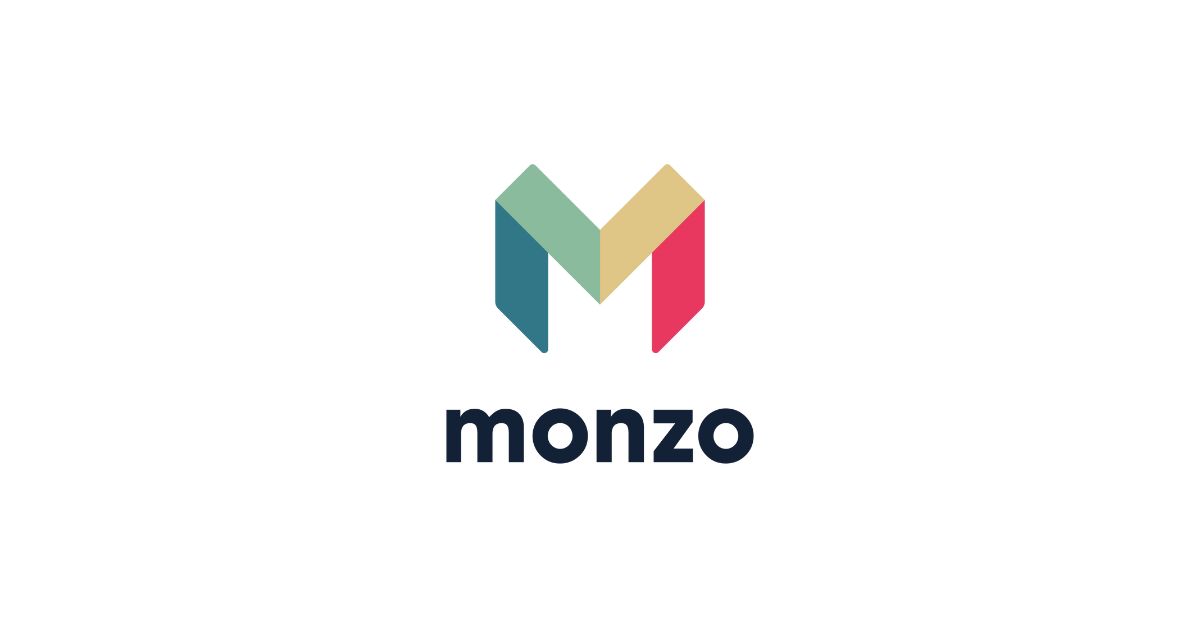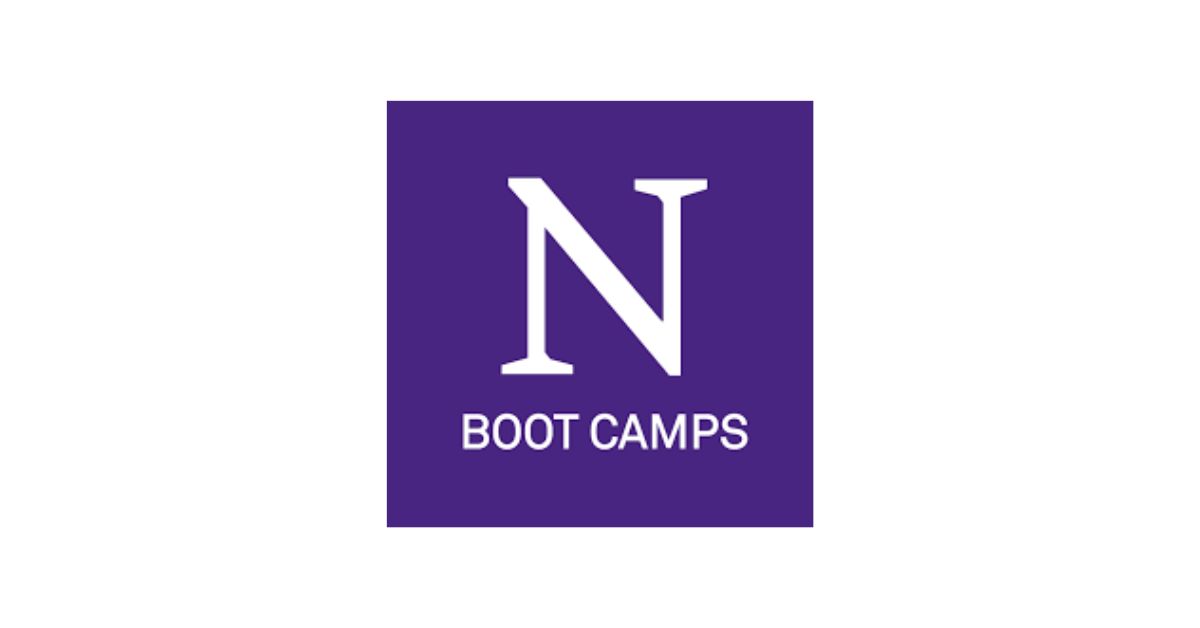What Is The Difference Between Payment Gateway And Payment Orchestration?

Understanding the landscape of online transactions can be complex. Two pivotal components in this process are a payment gateway and payment orchestration. Though their names might sound similar, each serves a distinct role in the flow of digital payments. Although they share the common goal of facilitating online transactions, they employ different methods to manage and secure payments. Emphasizing security and simplicity, they offer merchants peace of mind and consumers a swift purchasing experience.
In the intricate world of e-commerce, understanding these components is vital. A payment gateway is often the first point of contact in a customer’s purchase, while payment orchestration sits at the core of a merchant’s payment infrastructure. It’s essential for any business operating online to grasp their functionalities to provide secure, efficient, and reliable service to their customers.
As the digital ecosystem continually grows, the roles of payment gateways and payment orchestration become increasingly crucial. They enable businesses to scale and meet consumer demand across diverse online platforms. Recognizing how they contribute to the end-to-end payment process is the foundation to building a versatile and effective online payment strategy.
What is a Payment Gateway?
A payment gateway is a service that authorizes and processes payments for online retailers, businesses, and anyone requiring online money transactions. Acting as a middleman between a merchant and their acquiring bank, it ensures security by encrypting sensitive information, such as credit card numbers, to make sure that information is passed securely from the buyer to the merchant and then between the merchant and the bank.
The role of a payment gateway is integral to maintaining the integrity of online transactions. It’s not just about providing a payment method but about ensuring trust in the online shopping experience. By using protocols and security measures, gateways protect against fraud and unauthorized transactions, leading to a safer online environment for both consumers and merchants. They employ sophisticated algorithms to detect any unusual activities, safeguarding customers’ financial data.
Additionally, a payment gateway offers seamless integration with ecommerce platforms. This means that merchants can quickly set up their payment processing, and consumers can enjoy a smooth and quick checkout experience. Transaction approval or denial is communicated almost instantaneously, providing immediate feedback to customers. This expediency is vital for maintaining customer satisfaction and encouraging repeat business, as any delay can result in abandoned carts and lost sales.
How do Payment Gateways work?
When a customer enters their payment details on a website, the payment gateway plays its role. It first verifies the customer’s card details securely, checks for sufficient funds, and then allows the transaction to go through. This process involves encrypting the data to ensure that all sensitive information, such as the customer’s credit card number and personal details, are kept safe from any potential breaches.
As the transaction progresses, the payment gateway interacts with the payment processor of the bank to confirm the transaction details. It’s imperative for the gateway to have robust security measures in place such as Payment Card Industry Data Security Standard (PCI DSS) compliance to protect against fraud and to maintain the integrity of the transaction.
The final step in the process for the payment gateway is to return the transaction status back to the merchant. This includes confirming whether the payment has been approved or declined. If the transaction is successful, the merchant can then proceed with fulfilling the customer’s order. Because of the vital role it plays, a reliable gateway is crucial for maintaining customer trust and encouraging repeat business.
What is a Payment Orchator?
A payment orchestrator integrates various payment processing services under one roof, simplifying the payment acceptance and processing for merchants. Rather than juggling multiple relationships with payment processors and gateways, businesses have a single point of contact for all their transaction needs. This centralized platform allows for easier maintenance, better security, and more streamlined reporting.
The beauty of a payment orchestrator lies in its flexibility and efficiency. By centralizing payment services, businesses can quickly adapt to new payment methods, remain agile in the face of regulatory changes, and offer a more consistent payment experience to their customers. A payment orchestrator also enables merchants to effectively handle various payment-related functions, including fraud prevention, compliance, and chargeback management.
Furthermore, payment orchestration platforms often come equipped with smart routing features. These innovative systems navigate through multiple payment gateways to find the optimal payment path. They can route transactions based on success rates, transaction costs, and customer location, thus improving authorization rates and reducing overall payment costs. Such capabilities make payment orchestration an invaluable tool for businesses looking to optimize their payment infrastructure.
How do Payment Orchestrators Work?
At the core of payment orchestration is the efficiency it brings to managing multiple payment systems. By consolidating payment processing, merchants benefit from having a single point of control. This not only eases the administrative burden but also allows for real-time oversight of payment activities. The ability to rapidly respond to failed transactions and reroute through alternative gateways is a critical feature that enhances transaction success rates and customer satisfaction.
Furthermore, payment orchestrators excel in optimizing transaction flows. They apply intelligent routing algorithms to determine the best pathway for each payment. This includes factors like the lowest processing fees, the highest transaction approval rates, or the most favorable currency exchange conditions. Through such optimization, businesses increase their chances of successful transactions while reducing operational costs.
Another significant aspect of payment orchestration is the agility it provides businesses in adopting new payment methods. In an ever-changing landscape where consumer preferences shift, and new payment technologies emerge, a payment orchestration platform offers the adaptability to incorporate these with minimal friction. This agile adaptation to market demands ensures that businesses remain competitive and never miss an opportunity due to payment limitations.
Why Payment Orchestration is Crucial For Businesses
Businesses with a diverse customer base need a system that can handle multiple payment methods efficiently. A payment orchestrator allows businesses to easily adapt to new payment technologies, comply with multiple regulations, and enhance the overall customer payment experience without investing in multiple gateways or integrations.
The dynamic online market requires firms to provide customers with seamless payment experiences. This means not just accepting various forms of payment, but also ensuring transactions are completed smoothly and securely. A payment orchestrator handles this complexity effortlessly, granting businesses the ability to offer a wide range of payment options across different geographies, all tailored to the preferences of their customers. This approach helps in building trust and loyalty, which are crucial for repeat business and growth.
Additionally, the reliance on a single payment gateway could limit a company’s growth potential, as it may not support all the payment methods that different customer segments might prefer. Embracing payment orchestration empowers a business to integrate an array of payment services, thereby not just enhancing customer satisfaction but also reducing the dependency on any single provider. It equips businesses with strategic adaptability, enabling them to swiftly respond to market shifts and emerging payment trends.
Key Differences Between Payment Processing and payment orchestration
The primary difference between a payment gateway and payment orchestration is how they approach the payment ecosystem. A payment gateway facilitates the secure transfer of data from the consumer to the acquirer, essentially focusing on individual transactions. It is the digital equivalent of a physical point-of-sale terminal located in retail outlets. On the other hand, payment orchestration offers a broad spectrum service, coordinating multiple gateways and payment processes into one cohesive system. This approach not only deals with transaction security but also emphasizes optimizing the payment process across various channels.
Another key difference emerges in terms of integration and maintenance. Integrating a payment gateway involves establishing a connection to a single provider which handles all transactions. However, this could limit a business’s flexibility and may not provide the most competitive processing fees or the best success rates for every market or payment method. In contrast, payment orchestration allows for the integration of multiple payment providers and gateways, enabling dynamic selection based on the best performing route for each transaction. This not only has the potential to improve success rates but can also significantly optimize costs and provide a more resilient system through redundancy.
- Payment Gateways: Often requires individual contracts and integrations with each provider
- Payment Orchestrators: Singular integration point provides access to multiple providers
- Payment Gateways: Limited by the scope and capability of the single provider
- Payment Orchestrators: Ability to scale and adapt by enabling additional payment options and routes
- Payment Gateways: Generally simpler to set up but potentially less flexible
- Payment Orchestrators: More complex initial setup but significantly greater flexibility and performance
The distinction between these two solutions also lies in their capacity to manage and report on transactions. Typically, a payment gateway will provide merchants with basic reporting on their transactions, which while useful, can be somewhat limited. On the other hand, payment orchestration provides a centralized platform for detailed reporting and analytics across all integrated payment services. This holistic view is essential for merchants requiring detailed insights for strategic decisions and those operating in multiple markets who need comprehensive data to navigate the complexities of cross-border transactions.
Conclusion
Choosing between a payment gateway and payment orchestration greatly depends on the business’s specific needs, their volume of transactions, geographic spread, and their long-term growth strategy. With payment orchestration, businesses aim for a scalable and flexible architecture that can support future demands and continue to provide customers with the best possible experience, regardless of where or how they choose to pay.









